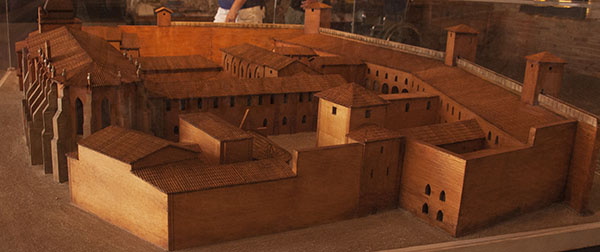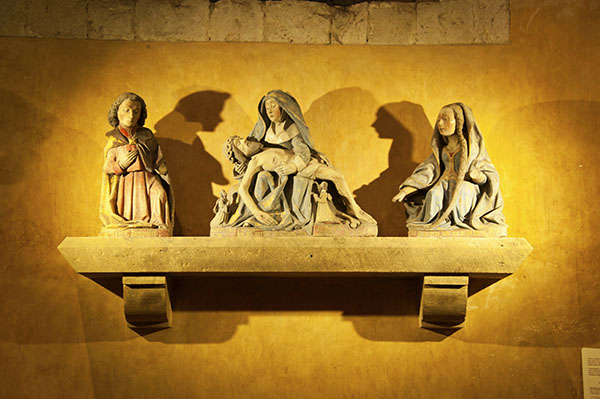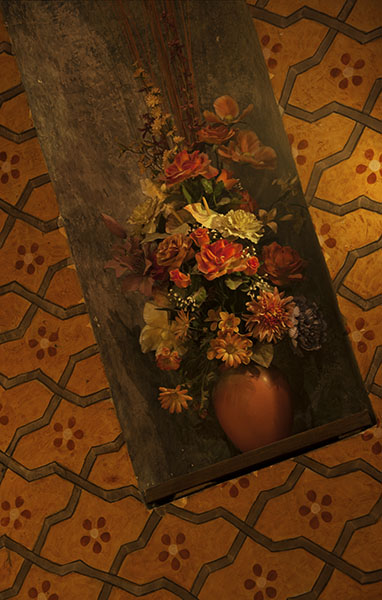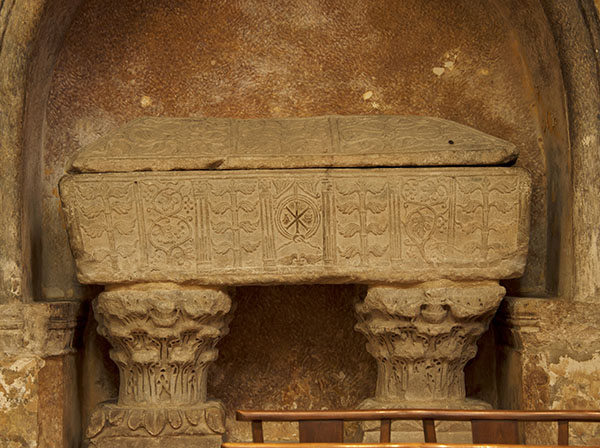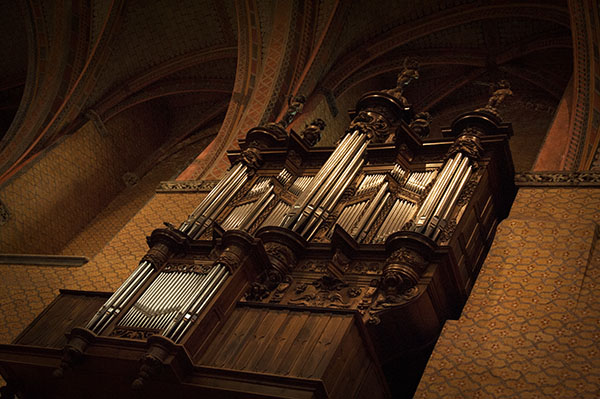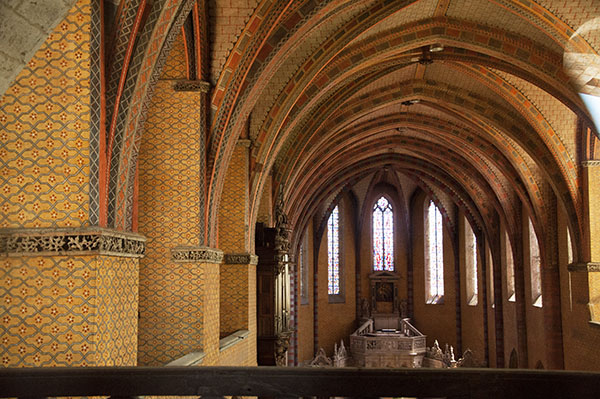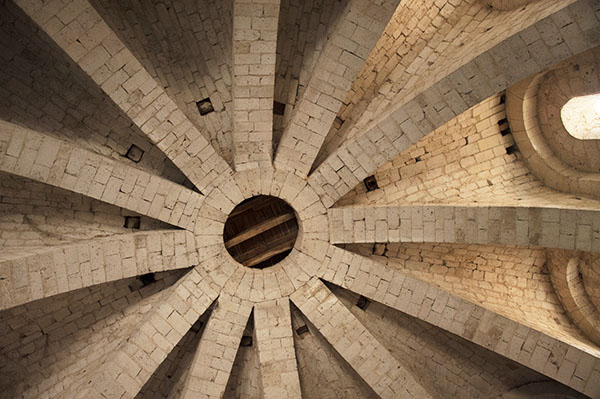Moissac is a town overshadowed by St – Pierre Abbey Church and saw its beginnings as a Roman settlement. Sadly, as a result of invasions that took place at the hands of the Saracens, Normans and Magyars, much of the Abbey’s history was lost during those times of destruction.
Legend goes that this massive structure was founded by Clovis l (481 – 511) who had converted to Catholicism. Today, however, the common belief is that the abbey was built during the mid – seventh century. A Benedictine and Cluniac Monastery it is said to have been founded by the bishop of Cahors, Saint Didier.
At the base of a hillside, a small spring provided the water supply. With nowhere else to build, the small township of Moissac used the western walls of the Abbey to form part if the town’s fortifications.
As the monastic community grew, numerous buildings, including Saint – Pierre Abbey – church were erected. Walking through the remaining buildings one notices the changes which have taken place within the structures over the centuries.
By the commencement of the Eleventh Century, having fallen upon hard times as a result of Abbots making good use of the monies without allowing for the continued upkeep of the facility, the abbey was on the brink of financial ruin. During 1030 its woes increased as sections of the church collapsed, and twelve years later found the Viscount of Lomagne setting the monastery alight.
1048, the Count of Toulouse had the Abbey annexed. With the new monies pouring in as a result of this, its properties and privileges were strengthened once more. A new church was built and consecrated in 1063,
whilst the Cloister, a work of art with its multitude of arches and carvings, was built abutting the church wall and completed in 1100.
The library was enlarged, whilst monastic buildings were rebuilt. According to the books, by the 12th century approximately one hundred monks had made the priory their home.
During 1626, the Abbey was secularised and the church became a collegiate.
It was the French Revolution that saw the final demise of the community that dwelt within the cloisters, church and monastery, with the buildings were sold as national property or put to other uses.
It was the Romanesque Architecture that eventually saved the Abbey from total destruction in 1840. Becoming a listed building, restoration commenced: and is still an ongoing process today.
Sadly, during the 1845, the laying of the Toulouse Bordeaux railway line saw the site split asunder as the refectory that was situated in the northern area of the monastery was demolished, with the cloister narrowly escaping the same fate.
1963, the remains of a Carolingian Alter were uncovered beneath the pavement in what is known as the Chancel.
Adjoined to the cloister, the church’s massive entrance overawes today’s visitors as they round the corner of the square. Although not in its original condition, the Cloister is the oldest surviving cloister with its narrative capitals, 76 in all.
Up a set of steep narrow winding stairs the priests were led to the bell tower, with only the inset rope providing safety to prevent a fall.
If only the walls could speak. What a history has been lost, never to be found.






